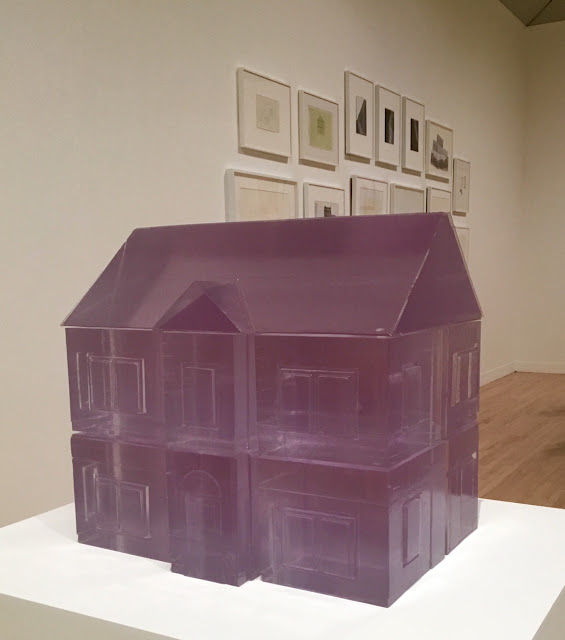The unassuming entrance is marked by classic Spanish tiles — including a rather lovely 'Calle de Heddon' street sign — and the inevitable queue. Spanish food fans and tapas addicts, I'm happy to report that the hype is real.
To be fair, Sabor's founders know a thing or two about running a restaurant; Barragán Mohacho was Executive Chef at Barrafina for ten years, during which time she won them a Michelin star, with co-founder and customer experience king José Etura as Operations Director.
Sabor is divided into three separate and distinct sections: a classic, L-shaped tapas counter focusing on fresh fish and dishes from the Basque country and Catalonia, the Asador upstairs (which takes reservations and is wonderful for celebrations and group dining) showcasing specialities from the regions of Galicia and Castile and a small bar area downstairs with a selection of wines, spirits, beers and sherries from across Spain.
We started with Pan Tomate and Cecina, the vibrant freshness of tomatoes balancing delicate slices of intensely-flavoured, dry-cured smoked beef. This typifies Sabor's ethos, with high-quality traditional ingredients leading the way.
Some of you out there may well already know that I am quietly but incurably obsessed with certain foods, croquetas being in my top three. Even given this, the Prawn Croquetas did not disappoint; they were perfect, with a deeply-flavoured, rich, comfortingly creamy centre and a crisp, golden shell.
(I don't really have a sweet tooth, so in times of heartbreak and despair I think I would head here for endless plates of these rather than finish off a tub of Ben & Jerry's on the sofa. Each to their own - and you have been warned.)
Next were the Piquillo Croquetas, which on my visit were topped with a snowfall of grated Zamorano cheese; I think on the updated menu it is now Manchego. Again, these were delicious, with a light but definite kick and perfectly cooked.
Frit Mariner was a sunshiny plate of tender squid and shelled prawns with aubergine and red pepper, drizzled in a herby olive oil dressing that made me long for a piece of bread to greedily wipe the plate clean.
The Beetroot, Blood Orange and Dill was simple and simply delicious, the earthiness of the beetroot balanced with the citrus and dressing, making for a pretty and refreshing dish.
The Chargrilled Baby Potatoes & Sobrasada was the only dish that I wouldn't rush to order again; the texture was quite uniform and I didn't get much of the promised chargrilled flavour, although to be fair by now the bar had been set pretty high.
Our Rhubarb and Mascarpone Tartaleta was delightful and an excellent end to our evening; delicately crisp pastry and with a filling that allowed the inherent sharpness of the rhubarb to come through, but softened by the mascarpone.
We went for a bottle of the Bhilar white Rioja 2016 on the advice of our charming server Pablo; it was a good match and I will be adding it to my wish list next time I am wine shopping.
I also couldn't resist the theatre of a glass of Txakoli, a young, citrussy, slightly effervescent wine best poured from height to maximise the flavour.
I'm already planning a trip back for the other two areas of the restaurant, the Asador and the bar; my wish list from the bar menu includes the Lardo, Anchovies & Picos, the Camarones Fritos & Fried Egg and the Queso Fresco & Black Truffle. (Actually I might just move in, I could happily eat that for breakfast.)
Yours, savouring the flavour,
London Girl About Town xx









